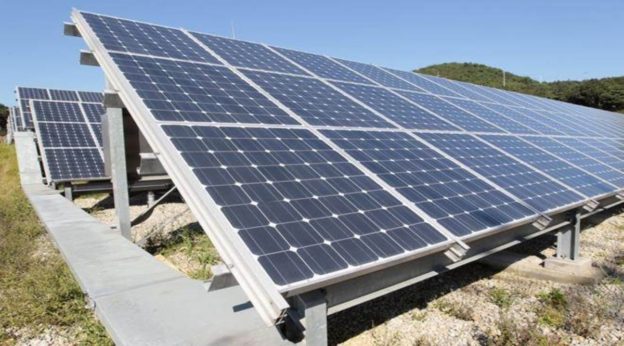According to an independent study by CEEW Centre for Energy Finance (CCEW-CEF), India’s efforts to indigenise its solar manufacturing value chain will require capex investments of USD 7.2 billion (INR 53.3773 crore) over 3-4 years.
The push to improve local manufacturing could help domestic module manufacturers clock $30 billion (Rs 2.3 lakh crore) in revenues by 2030 from selling 150 GW at Rs 15/Wp (Watt peak) and generate employment opportunity for around 41,000 workers, according to the report released by CEEW Centre for Energy Finance (CEEW-CEF).
CEEW Programme Lead Rishabh Jain stated that solar energy is central to India’s long-term goal of establishing 500 GW of nonfossil-based power capacity by 2030. It is crucial to reduce import dependence and develop a robust domestic supply chain for critical industries involved in the energy transition. Many countries around the world are also seeking to diversify their solar supply chains.
This is an opportunity for India to work with other countries on R&D, indigenisation and product development across the supply chain. India’s efforts will serve as a model for other countries to build a strong domestic supply chain for clean, renewable energy. The Centre and the states should work together to promote R&D, and co-create institutions that will ensure a steady supply for skilled professionals in this sector. A vibrant local solar manufacturing sector would lead to sustainability, job creation, and economic growth.
The Indian Government announced a number of support measures for domestic solar manufacturing over FY 2021-22. The production-linked incentives scheme (PLI) will provide an allocation of USD 3.2 billion (INR 24,000 crores). A basic customs duty (BCD), of 25% and 40% on all imports of modules and solar cells, will also be imposed. CEEWCEF’s study also showed that the sector has responded positively to these measures, and announced plans for a number of new manufacturing capacities.
“Making India a Leader in Solar Manufacturing” also suggests creating an outcome-oriented R&D programme for solar manufacturing, with increased funding, a dedicated government department, and an advisory body. The study ‘Making India a Leader in Solar Manufacturing’ recommends that policymakers establish centralized R&D infrastructure and provide capex subsidies to set up industrial R&D plants. They also suggest creating an outcome-oriented R&D program for solar manufacturing with enhanced funding, a dedicated government division, and an advisory board. This will ensure viable routes to market. Indian lenders must also increase the availability of solar producers with affordable credit.
To access the global market, policymakers need to expand financing for solar projects in developing nations through the India Exim Bank. The state governments should support local manufacturing hubs that offer low lease rates, green power production and steady supply of skilled workers.
https://energy.economictimes.indiatimes.com/news/renewable/india-needs-usd-7-2-bln-investment-to-promote-integrated-solar-module-manufacturing-report/91529729





